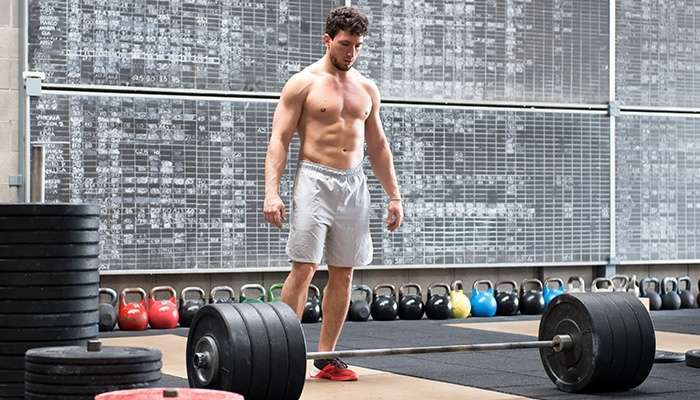CrossFit popularity is at an all-time high and there are no signs of it slowing down anytime soon, but injuries in CrossFit are also at an all-time high. With the increasing popularity and trend of crossfit, it’s important that these athletes take their recovery seriously. Proper recovery for crossfit, may be more than most other sports, could mean the difference between a personal record or being out of the gym for an extended period of time.
In order to continue to compete, and to get better each day in the gym, you’ve got to allow your muscles to recover and that requires several steps. Let’s take a look at how you can promote recovery and continue to increase your WOD!
Proper Nutrition & Hydration
It’s easy to forget because for many of us, the last thing that we want to do after a competition or exhausting workout is eat, but our bodies are starving for nutrients, carbohydrates, and protein after our workout. No matter how you get your nutrition after your workout – through eating a meal, taking a supplement, or a combination of the two; it’s important that you incorporate a good amount of protein, carbs, vitamins, minerals, and wash it all down with plenty of water.
According to several studies, there are limits to the amount of protein that our bodies can utilize at a single time. Depending on your size, you’ll likely want to consume 20 – 50 grams of protein within 30 minutes of your workout to assist with repairing the damage that your workout or competition did to your muscles.
As for carbohydrates, they’re needed to replenish the glycogen that you’ve depleted during your workout. Glycogen is used as energy within your muscles and they become severely depleted during a strenuous workout.
And obviously continuing to hydrate throughout the day is vital to your recovery. Thirst is a sign of dehydration, which is common directly after a workout, but you should be consuming liquids throughout the day past the point of not being thirsty any longer.
For more on what you should eat after your crossfit workout, check out our post, Athlete Nutrition: What to Eat for Muscle Recovery.
Active Recovery
Active recovery is important immediately after your intense WOD as well as during the days between your workouts or competitions. Active recovery refers to engaging in low-intensity exercise for the purpose of recovering from high-intensity training sessions.
Many would refer to active recovery after a workout as a cool down, and that is essentially exactly what you’re doing. Your muscles need to be properly cooled down in order to limit soreness, tightness and help your muscles recover. Active recovery after your workout is something that we all know we should do, but many of us forget or skip it altogether. This is why we end up so sore and tight after a tough workout. Think of your cool down as a part of your workout, not something you should do after your workout. It’s vital to your muscle recovery.
Recovery Products
For centuries, high-level martial arts practitioners have used various herbal formulas to assist with muscle and joint recovery. QiVantage sells a line of all-natural topical herbal formulas (sprays and creams) that enhance your body’s ability to recover quickly after a strenuous workout. The formulas help reduce swelling, remove toxins such as lactic acid, and bring more circulation to the area so that more oxygen and nutrients can get to stressed areas of your body.
Stretching and Mobility
As we discussed in When to Use Dynamic Stretching vs. Static Stretching, there is definitely a time and a place for each kind of stretching. After a tough workout of the day and an active recovery cool down, use of recovery products you should also engage your muscles in static stretching. This will help to eliminate lactic acid, elongate your muscles, and improve range of motion.
In addition to static stretching, activities like foam rolling and massage can help to eliminate toxins and lactic acid and set you up well for your next WOD.
Sleep
This one is a no-brainer. Our bodies simply need sleep in order to recover and perform at our best. Athletes that do not get at least seven hours of sleep are more likely to suffer an injury. We recommend at least seven hours of sleep each night, and preferably even more than that the night after a big workout. Your muscles grow and rebuild as you sleep and without giving your body the ability to reset and rebuild, you’re opening yourself up to injury.
Muscle recovery isn’t an easy thing to keep up with. Luckily, we’ve created a FREE Day-To-Day Muscle Recovery Checklist that will keep you on track and ready to compete at your next crossfit competition or WOD. Download it today and start recovering!




Leave A Comment